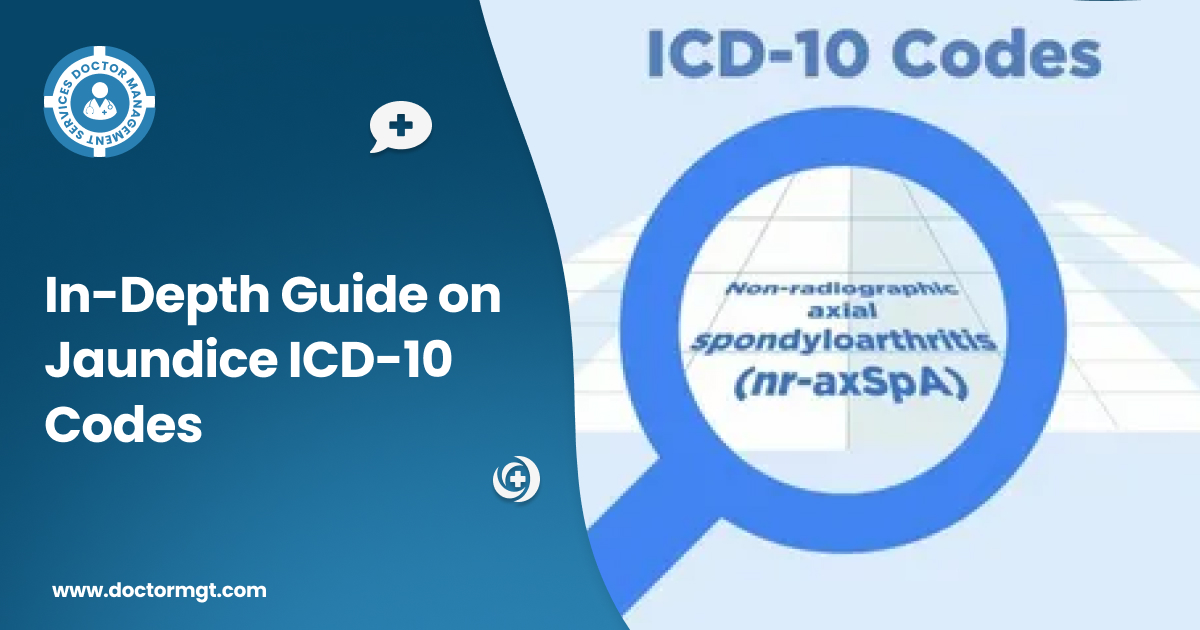In the ever-evolving landscape of healthcare, achievement isn’t simply a measure of patient results yet in addition a result of efficient physician management. Unlocking success in this domain requires an essential methodology that goes past customary strategies. In this blog, we delve into the transformative journey of physician management and explore ways of driving your medical practice toward sustainable development.
Understanding the Challenges
Physician management is an intricate undertaking with remarkable challenges. From guaranteeing ideal patient consideration to addressing administrative assignments, physicians juggle different obligations daily. Effectively dealing with these perspectives is urgent for the success of any healthcare facility.
1. Streamlining Administrative Processes
One of the essential challenges in physician management is the weight of authoritative errands. Simplifying and automating these cycles can fundamentally lessen the responsibility, permitting physicians to focus more on persistent consideration. Implementing health record (EHR) systems, appointment scheduling programming, and billing solutions can smooth out operations.
2. Enhancing Communication
Effective communication is the cornerstone of successful physician management. Laying out clear lines of correspondence among healthcare staff, managers, and physicians encourages coordinated effort and works on general productivity. Using secure messaging stages and customary group gatherings can work with consistent correspondence.
3. Balancing Workload
Physician burnout is a pervasive issue in the healthcare industry. Balancing the responsibility and guaranteeing that physicians have reasonable timetables is essential. Implementing smart scheduling frameworks and offering support services can add to a healthier work-life balance for physicians.
Strategies for Success
Unlocking success in physician management includes implementing targeted methodologies that address the extraordinary challenges faced by healthcare providers. How about we explore a few effective ways to deal with change in your doctors management for development?
1. Embrace Technology
leveraging technology is fundamental for effective physician management. EHR systems smooth out administrative cycles as well as upgrade patient consideration by giving a centralized stage to medical data.
2. Implement Data Analytics
Harnessing the power of information analytics can give important insights into patient results, resource usage, and operational productivity. Analyzing key measurements permits healthcare administrators to make informed choices, distinguish regions for improvement, and upgrade work processes.
3. Prioritize Professional Development
Investing in the expert improvement of physicians is a vital part of successful management. Offering nonstop education, training projects, and mentorship opportunities not only upgrades the abilities of the medical staff yet in addition adds to work fulfillment and retention.
4. Foster a Positive Work Environment
Establishing a positive and supportive workplace is significant for physician prosperity and patient fulfillment. Empowering cooperation, perceiving accomplishments, and implementing well-being projects can add to a healthier and more motivated labor force.
Goals:
- Implement EHR for Efficiency.
- Enhance Staff Communication Channels.
- Integrate Telehealth for Accessibility.
- Prioritize Ongoing Professional Development.
- Foster Positive Workplace Culture.
Innovative Approaches for Growth
To unlock success in physician management services, taking on imaginative methodologies that go past ordinary methods is fundamental. Here are a few cutting-edge procedures to impel your clinical facility toward unprecedented development.
1. Collaborative Care Models
Embracing collaborative consideration models includes making interdisciplinary teams that cooperate to give extensive and coordinated patient consideration. This approach works on quiet results as well as improves the proficiency of healthcare delivery.
2. Telehealth Integration
The integration of telehealth services has become progressively significant, particularly directly following worldwide events that have accelerated the reception of distant medical services solutions. Telehealth further develops admittance to healthcare benefits as well as takes into consideration more adaptable and effective patient care delivery.
3. Patient Engagement Platforms
Engaging patients in their medical services venture is a critical part of successful patient engagement. Implementing patient engagement stages that empower correspondence, appointment scheduling, and admittance to health data engages patients and works on general satisfaction.
Key Strategies for Physician Management Success
| Key Strategies for Physician Management Success |
| 1. Embrace Technology Integration |
| – Implement Electronic Health Record (EHR) systems. |
| 2. Implement Data Analytics for Informed Decision-Making |
| – Analyze key metrics for insights into patient outcomes and operational efficiency. |
| 3. Prioritize Professional Development and Training |
| – Invest in continuous education and training programs for healthcare professionals. |
| 4. Foster a Positive Work Environment |
| – Encourage teamwork and collaboration among healthcare staff. |
| 5. Explore Collaborative Care Models |
| – Create interdisciplinary teams for comprehensive and coordinated patient care. |
| 6. Integrate Telehealth Services |
| – Extend healthcare services through remote consultations and monitoring. |
| 7. Implement Patient Engagement Platforms |
| – Facilitate communication, appointment scheduling, and access to health information. |
| 8. Regularly Assess and Adapt |
| – Solicit feedback from healthcare providers and patients for continuous improvement. |
| 9. Invest in Support Services |
| – Address the mental and emotional well-being of healthcare professionals. |
CONCLUSION:
Efficient physician management remains a key part of accomplishing excellence in clinical practices. This journey includes exploring difficulties, implementing strategic solutions, and embracing innovative ways to deal with cultivating development. The challenges, from administrative burdens to keeping an equilibrium in physicians’ jobs, highlight the intricacies of dealing with a successful healthcare office. Smoothing out administrative cycles through advances like Electronic Health Record (EHR) systems, improving correspondence, and tending to burnout are fundamental stages in conquering these hurdles.





